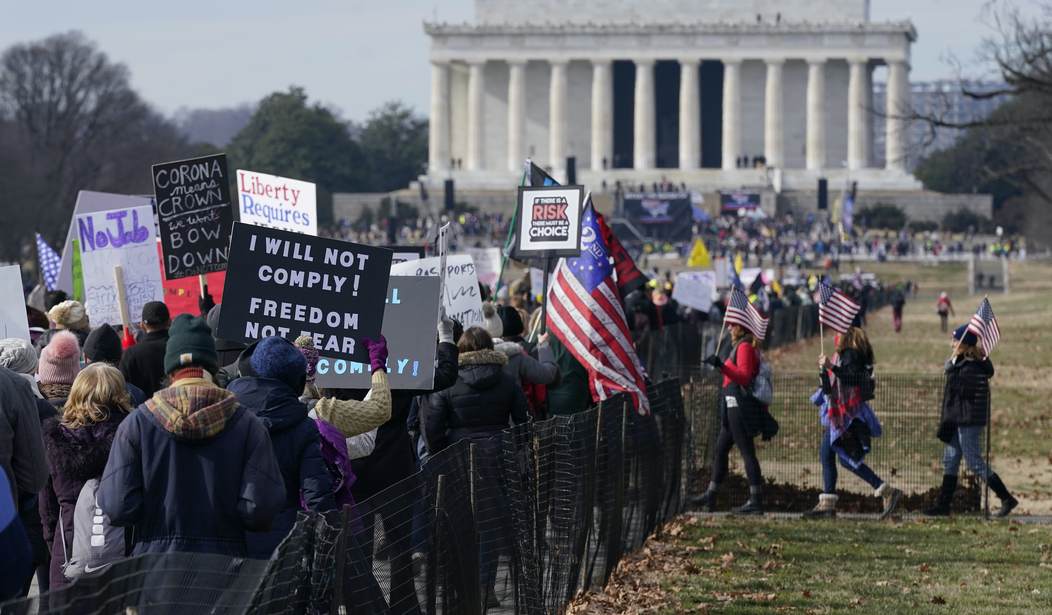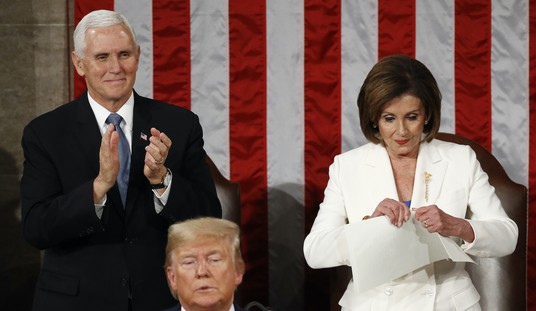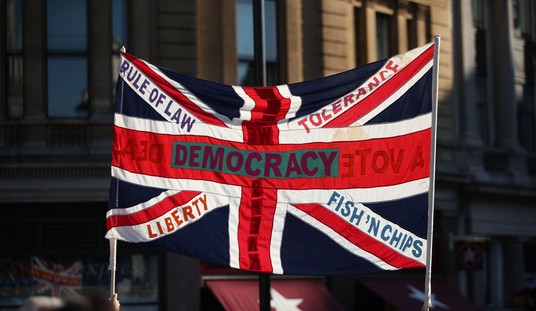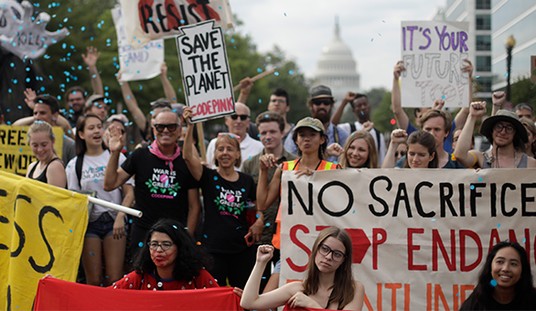There are times when “both sidesing” an issue makes sense. After all, there are plenty of issues on which the left and right are similarly egregious. But free speech is not one of those issues, especially in 2022. However, this does not prevent some on the left from trying to make it seem as if the right desires to silence the left as much as progressives seek to silence conservatives.
In an op-ed for the Sacramento Bee, Erwin Chemerinsky, the dean and a professor at the UC Berkeley School of Law, attempted to draw a moral equivalence between leftists who constantly try to disrupt speeches given by conservatives to prevent people from hearing their views and parents in Florida who don’t want educators presenting age-inappropriate subjects to young children.
“[R]ecent attacks on school speech from both the left and the right have taken new and deeply troubling forms,” Chemerinsky wrote. “Regardless of our politics, we must reaffirm that schools are places where all ideas should be able to be expressed and debated.”
The author brought up two incidents in which left-leaning law students tried to stop conservatives speakers from giving speeches. He wrote:
UC Hastings College of the Law in San Francisco last month, the school’s chapter of the Federalist Society attempted to host an event featuring Ilya Shapiro, the executive director of the Center for the Constitution at Georgetown Law. Students objected to Shapiro’s presence due to offensive tweets he posted about President Biden likely appointing a “lesser Black woman” to succeed Justice Stephen Breyer on the Supreme Court.
When Shapiro tried to speak, student protesters drowned him out with shouting, table banging and profanity. The disruption kept the event from happening.
He noted another altercation that occurred at Yale Law School in which students attempted to shut down Kristen Waggoner from the Alliance Defending Freedom, who regularly defends religious liberty from LGBTQ activists. They tried to disrupt her speech because she supposedly fights against gay and transgender rights.
“The students who engaged in this behavior invoked freedom of speech as their defense: They said they were just engaging in speech, albeit speech that kept the featured speakers from being heard. But freedom of speech does not include a right to shout down others,” Chemerinsky wrote.
The professor then turned to the right, accusing it of being equally hostile to free speech. He pointed to Florida’s newly-passed Stop WOKE Act, which prevents teachers from, among other things, presenting teachings indicating that people should be judged by their skin color and other immutable characteristics. “The law prohibits educators, including college faculty, from subjecting ‘any student or employee to training or instruction’ about such ideas, including the relevance of past racial injustice,” he wrote.
He continued, arguing that laws against teaching concepts related to Critical Race Theory (CRT) “violate the First Amendment in their vagueness and over-breadth.”
He insisted that the laws “are inconsistent with the central tenet of the First Amendment: All ideas should be able to be expressed.”
The notion that these laws prohibit teaching about “racial injustice” is a common refrain heard on the far left. But it is a lie. These laws are designed to ensure that far-leftist ideas about race aren’t being used to indoctrinate children and to influence them to believe they should view others through the lens of skin color.
Chemerinsky is not wrong, however, when he points out that some of the language used in some of the laws is vague. The legislation is certainly not perfect and the courts will likely decide how they are applied.
However, this is not a free speech issue.
This is an issue of what the government should be allowed to teach children. Parents should be the ones to decide what material their kids learn, not the state. I’m sure Chemerinsky would not approve of a second-grade teacher highlighting the virtues of American slavery, right? There is a difference between teaching on a subject and attempting to influence children’s minds, and this difference is not difficult to discern.
Kudos to the author for rightly pointing out how the far-left despises free speech. But this is not one of those traits that both sides carry equally. It is clear that the vast majority of attacks on expression are coming from the hard left, not the right. Any other suggestion is absurd on its face.












